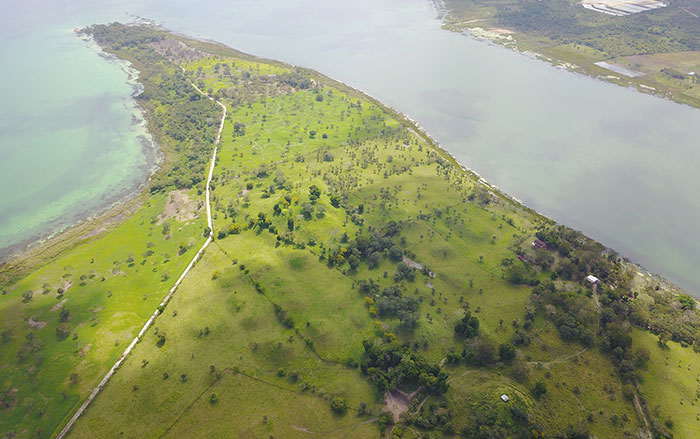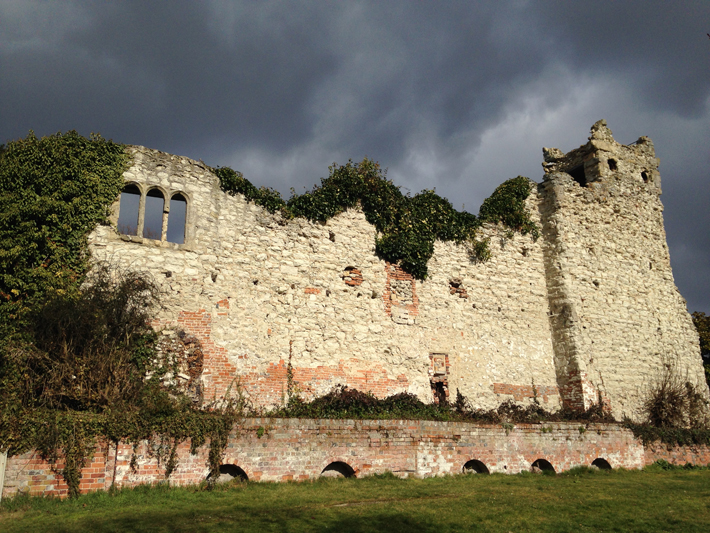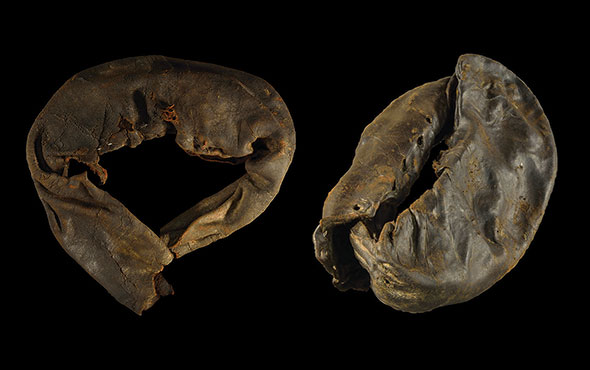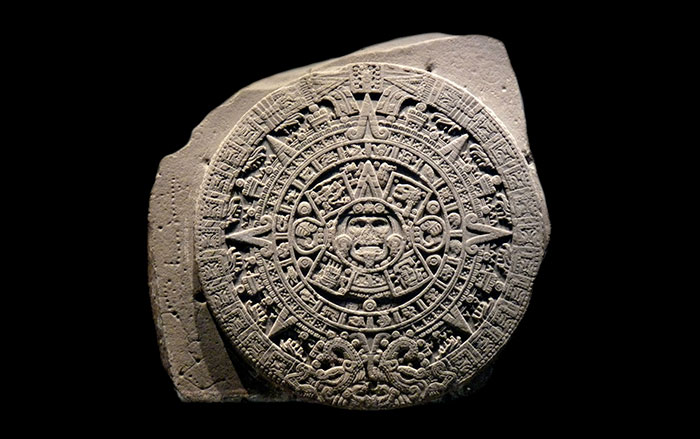
BRISTOL, ENGLAND—Science Magazine reports that biochemists Mélanie Roffet-Salque and Richard Evershed of the University of Bristol and their colleagues analyzed the residues on pottery from the site of Çatalhöyük, which is located in central Turkey, for clues to how a shift in the climate some 8,200 years ago might have affected early farmers. The scientists speculated that drought could have damaged crops and grazing lands, while cooler weather could have increased the food needs of the farmers’ sheep, goats, and cattle. A technique called gas chromatography–mass spectrometry revealed that the fat residues on the pottery dating to the time of the climate shift contained about nine percent more heavy hydrogen—an isotope that correlates with lower levels of precipitation—than sherds from other periods. The researchers also note the higher number of cut marks on animal bones beginning about 8,200 years ago, suggesting that the farmers ate every morsel of available food, and a drop in the number of cattle bones and a rise in the number of goat bones. Goats may have been better at surviving in drought conditions. To read about a figurine discovered at Çatalhöyük, go to “Figure of Distinction.”











